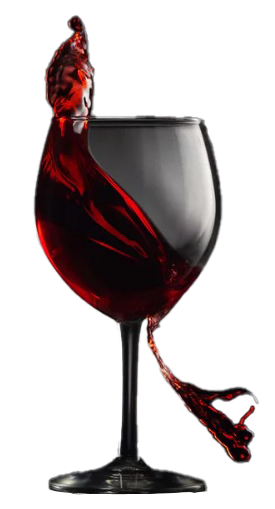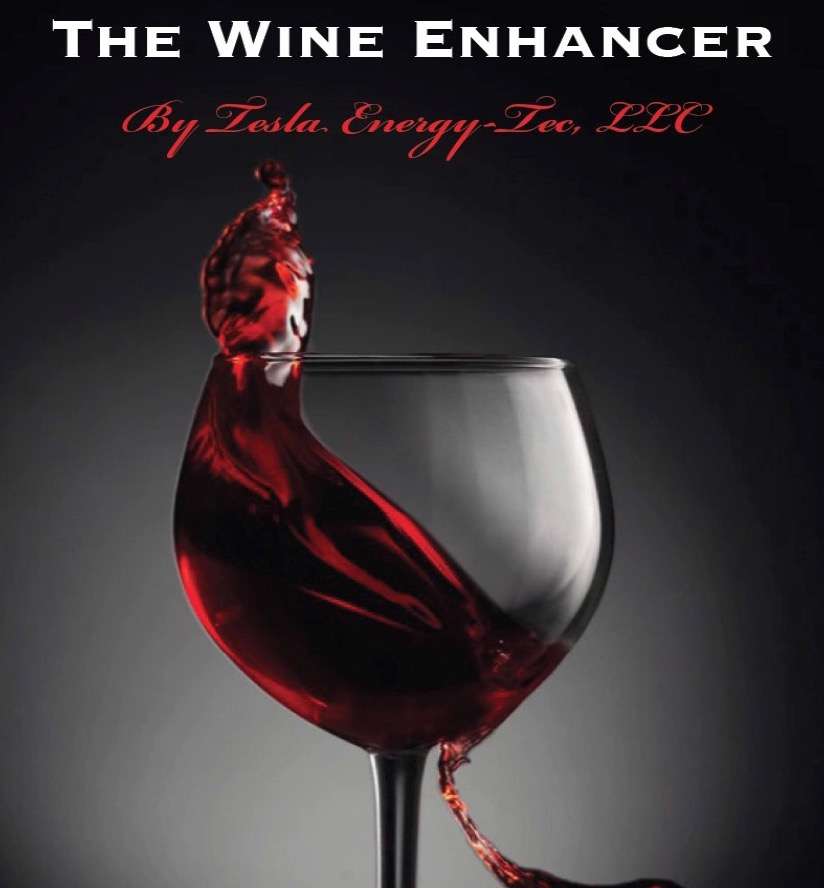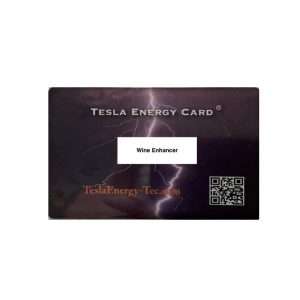THE WINE E-HANCER™️

MAKE YOUR VINTAGE SENSUAL LIKE A
$350 BOTTLE WITH TESLA TECHNOLOGY
More Expensive Wines
There are three major traits to expensive wine: oak, time and terroir.
Oak — The most coveted wines in the world age their wines in oak, and many use new oak. Putting wine in an oak barrel does 2 things; it adds oak ‘flavors’ to a wine (such as vanilla and baking spice) and it exposes the wine to oxygen. Oxygen does some amazing stuff to wine: the tannins become less intense and the taste of the wine becomes smoother.
Time — Younger wines have zippy fruit, while the longer aged wines pick up oak flavors from the barrel.
Terroir — It is a French word that encompasses all of the factors that go into producing wine grapes in a vineyard, from the climate to the soil to the elevation. The idea behind terroir dates back to the Ancient Greeks who engaged in extensive winemaking. Ancient Greece had plenty of climatic variations, with vineyards exhibiting different results even when growing the same grape variety. The other three factors that are included in terroir are geomorphology (elevation and shape of the land, such as mountains, valleys, rolling hills, rivers and lakes); the soil types (clay to sand to limestone to volcanic soil and more) are also included; the fourth factor is the flora and fauna (the plants, trees and microbes that live in and around vineyards help shape the grapes' growing conditions).The Greeks would stamp their amphorae jars to identify where they came from.
Less Expensive Wines
Understanding what constitutes a more expensive wine, gives you an appreciation when accessing the less expensive ones. In a Cliff Notes version, poorer quality of the grapes, short aging in less expensive barrels, poor quality of the soils, and the wrong equipment (the right kind of barrels, the right type of maceration, fermentation) the end result is that the wine isn’t going to be as good.
For more information, visit our FAQ section.
Tesla Technology
The genius of Nikola Tesla has been applied to many different industries. One of Tesla’s biggest discoveries was that of scalar energy. Scalar energy is the Holy Grail of the universe. It has the ability to neutralize the frequencies of toxic substances. One major variable that is not being addressed in the winemaking industry is the toxicity of the rain water and the soils. The Wine Enhancer Tesla Energy Card® utilizes scalar energy plus a proprietary blend of other frequencies to efficiently and quickly neutralize these toxic frequencies. In addition, this innovative technology imprints frequencies to create the taste, aroma, and texture of a more expensive wine. Since your taste buds are not subjected to these toxic frequencies, your brain now perceives the robust flavors to enhance the wine tasting experience. By removing the toxic factors and adding flavor enhancing frequencies to a less expensive wine, the Tesla technology is accomplishing electronic alchemy: making a less expensive wine taste like a velvety $350 bottle of fine wine.

Wine E-hancer™️ Tesla Energy Card®
The genius of Nikola Tesla has been applied to many different industries. One of Tesla’s biggest discoveries was that of scalar energy. Scalar energy is the Holy Grail of the universe. It has the ability to neutralize the frequencies of toxic substances.
One major variable that is not being addressed in the winemaking industry is the toxicity of the rainwater and the soils. The Wine Enhancer Tesla Energy Card® utilizes scalar energy plus a proprietary blend of other frequencies to efficiently and quickly remove these toxic frequencies. In addition, this innovative technology imprints frequencies to replicate the taste, aroma, and texture of a more expensive wine.
Since your taste buds are not subjected to these toxic frequencies, your brain now perceives the robust flavors to enhance the wine tasting experience. By removing the toxic factors and adding flavor-enhancing frequencies to a bottle of less expensive wine, the Tesla technology is accomplishing electronic alchemy: making a less expensive wine taste like a velvety $350 bottle of fine wine.
Wine Enhancer Tesla Energy Card ® Lifespan: 18 months

